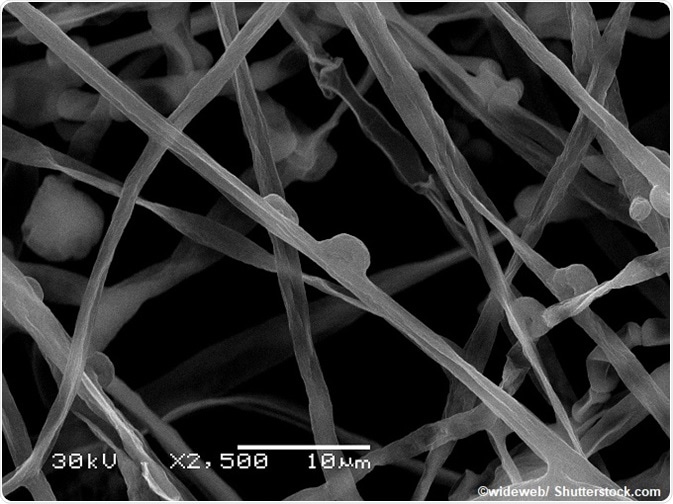Electron microscopy has a diverse range of applications in practice. The ability to view the microscopic structure of a specimen at a higher resolution than what is possible with optical microscopy gives it a distinct role in scientific research and industry applications. Several of these applications are covered in more detail below.
Scientific Research
Electronic microscopes are commonly used in research laboratories, universities, and nanotechnology centers. In these institutions, the structure of the specimen can be observed in great detail to provide information about its function. Findings from scientific research centers can then be built upon and utilized by other bodies, such as industrial companies.
For example, an electron microscope may be used for particle analysis or material characterization in a research laboratory. This information about the characteristics of the particle or material is useful in understanding its role in the system that is being studied.
In life sciences, electron microscopy can be used to explore the molecular nature and mechanisms of disease, view the 3D structure of biological tissues or cells, determine the structure of proteins and observe viruses in a biological context. These findings can then be passed on to industry research centers that will focus on using the information to provide a solution. As an example, information about the nature of disease may then be used to formulate medications to manipulate the findings.

Image: Scanning electron microscope image of fungi mycelium and spores.
Industry
Electron microscopy is often used for industrial purposes to assist in developing new products and throughout the manufacturing process.
For example, electronics industries use electron microscopes for high-resolution imaging in the development and manufacturing processes of semiconductors and other electronics. Other industries that may commonly use electron microscopes as a part of their production process include aeronautics, automotive, apparel, and pharmaceutical industries.
Electron microscopy can also be applied in industrial failure analysis and process control of diverse industries.
Natural Resources
Electron microscopy may be used to characterize and analyze organic materials, which is particularly valuable information for mining companies. The microscopes can provide automated, objective, and quantitative information about the environment quickly.
Additionally, oil and gas companies can survey an area and glean information about it using the technique. This can help to reduce the risk associated with exploration and extraction of oil and gas. For example, quantitative lithotype and porosity characteristics of the environment, such as the reservoir, seal and source rocks, can be obtained. It can also help enhance and validate input for geological models that have been produced from seismic, wireline, and mud logs.
Forensic Science
Another application of electron microscopy is forensic science, which involves an analysis to provide evidence for crime and law purposes. For example, an electron microscope may be used to analyze the acute details of a relevant specimen, such as residue from a gunshot or a sample of clothing fibers, blood, or other biological substance.
The additional detail supplied by electron microscopy in comparison to other techniques allows forensic scientists to discover more about the scene of the crime, which can help in the provision of evidence.
References
- http://www.imaging-git.com/science/electron-and-ion-microscopy/applications-electron-microscopy-medicine
- https://www.fei.com/introduction-to-electron-microscopy/applications/
- http://cmr.asm.org/content/22/4/552.full
- https://myscope.training/
Further Reading